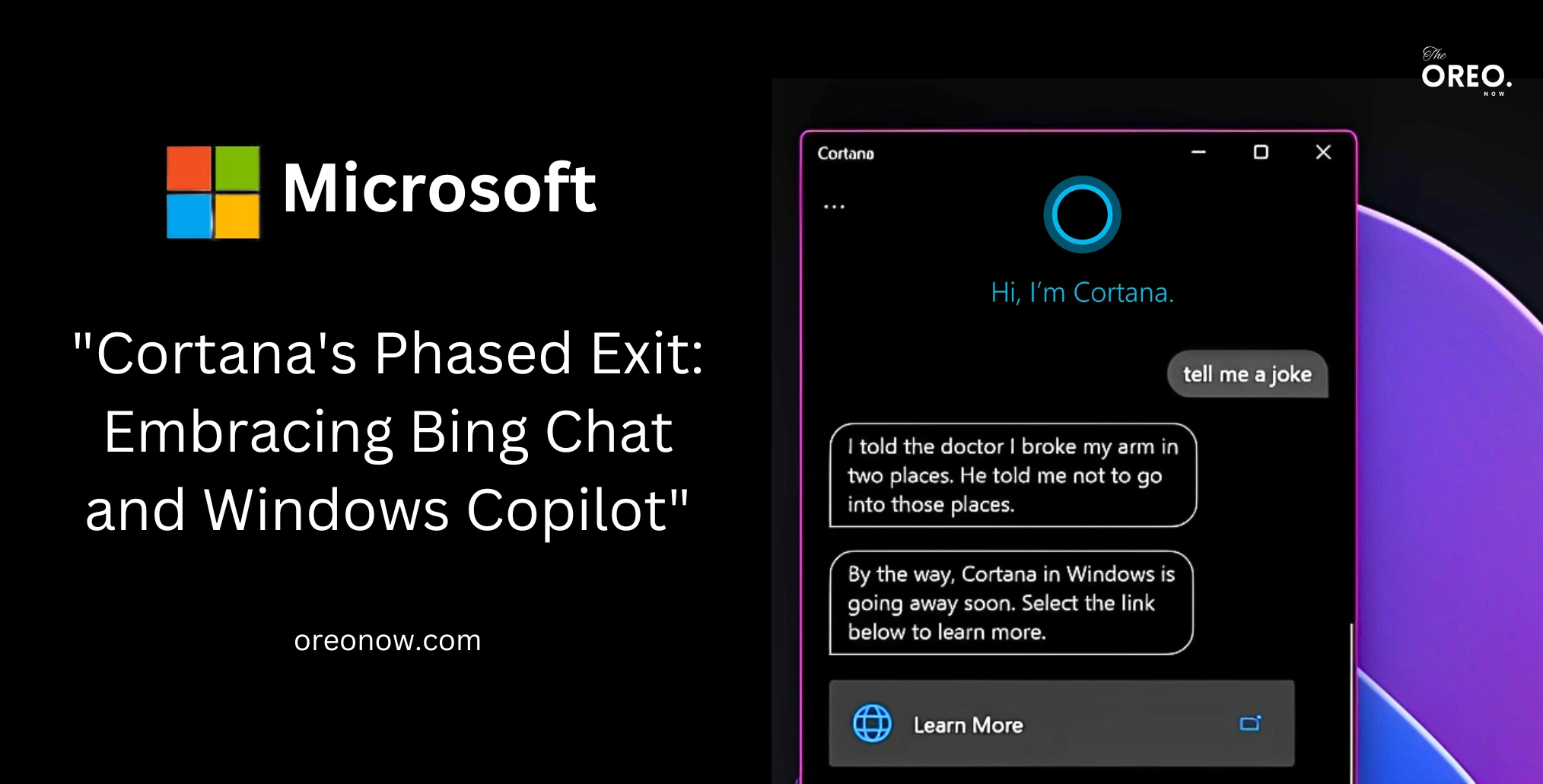“Tech Giants Unite: Challenging Google and Apple Maps Dominance in Navigation”
In a world where digital maps dictate our every move, a suspenseful tale is unraveling – an alliance shrouded in mystery and ambition. Four tech giants, Amazon, Meta, Microsoft, and TomTom, have forged an unprecedented collaboration, driven by a shared mission to challenge the supremacy of Google and Apple Maps. As whispers of this enigmatic union echo through Silicon Valley, the industry is abuzz with anticipation and uncertainty.
With each member bringing their unique strengths to the table, the alliance holds the promise of a thrilling new era in navigation. TomTom Join Forces along with Amazon’s vast e-commerce platform, Meta’s dominance in the realm of social media and virtual reality, Microsoft’s expertise in cloud computing, and all combine to create a formidable change. As the world awaits the unveiling of their collective vision, questions abound – What innovations will this alliance bring? Will they reshape the navigation landscape as we know it, or is there something darker lurking behind the scenes? Could this alliance spark a new question in the industry – “Which map is best for navigation?”
The suspense builds as we brace ourselves for the revelation of secrets hidden in the shadows of this audacious union.
What is more accurate Google Maps or Apple Maps? Which map is best for navigation?
The choice of the best map for finding one’s way is frequently a subject of curiosity, and the response relies on personal preferences and the navigation tool being utilized. Google Maps is a popular and well-known app that has many useful features. With its features, it can offer live traffic updates, public transport details, and the opportunity to explore streets using Street View. It works well with other Google services to make it even more useful. Since its initial release, Apple Maps has greatly improved and emerged as a strong contender. With improved mapping information and features, it offers a user-friendly experience, especially for people using iOS devices, as it fits smoothly into the Apple system. Its compatibility with other Google services greatly enhances its utility. Users are advised to try both apps and determine their preferred choice based on their navigation and personal preferences, as both provide accurate directions.
Is Apple Maps based on TomTom? Is Apple Maps powered by Google?
In its early stages, Apple Maps relied on data from various sources, notably TomTom, to establish its mapping service. However, Apple recognized the importance of independence and took significant steps to develop its own mapping technology and infrastructure over time. As a result, Apple Maps gradually reduced its exclusive reliance on TomTom data, expanding its horizons to encompass a broader range of mapping sources.
Apple’s commitment to enhancing the mapping experience led to substantial investments in improving its mapping data and functionalities. This comprehensive approach involved not only the collection of its mapping data but also strategic partnerships with multiple data providers. As a result of these ongoing development efforts, Apple Maps now boasts superior accuracy and a robust set of navigation features, offering users a reliable and intuitive navigation experience.
While Apple Maps previously utilized Google Maps data for its mapping service, the company chose to embark on an independent path by developing its mapping solution, leading to the launch of Apple Maps in 2012. This strategic decision aimed to reduce Apple’s dependence on Google services and forge its own identity in the navigation realm. Since then, Apple has remained steadfast in its focus on enhancing the accuracy and capabilities of Apple Maps through continuous updates, driving its evolution into a highly competitive and dependable navigation app. Now operating on its own mapping technology and infrastructure, Apple Maps has emerged as a distinct and reliable alternative to Google Maps, further cementing its place as a prominent player in the mapping landscape.
The Alliance of Tech Powerhouses
The partnership of Amazon, Meta, Microsoft, and TomTom represents a significant milestone in the tech industry. Each company brings its unique strengths to the table, forging a collaboration that commands attention. Amazon’s colossal e-commerce platform and extensive customer base, combined with Meta’s strong presence in social media and virtual reality, open doors for seamless integration and personalized experiences. Microsoft’s expertise in cloud computing and software development, complemented by TomTom’s proficiency in location-based technologies and mapping solutions, lays the foundation for a robust navigation ecosystem.
You would be quite familiar with Amazon, Meta, and Microsoft but Who uses TomTom maps? What is TomTom used for? Is TomTom better than Google Maps?
Different organizations, GPS devices, cars, phone applications, and other map services employ the maps and navigation tools developed by TomTom. Users can access precise and real-time mapping details such as street layouts, notable locations, live traffic notifications, and the ability to plan journeys. Numerous individuals utilize it to navigate while operating cars, riding motorcycles, driving trucks, or utilizing smartphone applications.
The determination of whether to opt for TomTom or Google Maps relies on your individual preferences and the intended purpose of the maps. Google Maps excels in providing extensive information and effectively relaying real-time traffic updates. Moreover, it provides data on public transportation and functions smoothly alongside other Google services.
On the other hand, TomTom is known for being very accurate in certain areas and has features that are helpful for people who drive a lot, especially if they use special navigation systems. Ultimately, the decision between TomTom and Google Maps boils down to personal preference, location, and navigation requirements.
A Challenge to Google Maps and Apple Maps
For years, Google Maps and Apple Maps have dominated the navigation app landscape, catering to millions worldwide. This formidable alliance now poses a challenge to their dominance, aiming to disrupt their duopoly and present consumers with an innovative alternative. By harnessing their combined technologies and resources, the alliance aspires to provide users with a more intuitive, seamless, and comprehensive navigation experience, challenging the supremacy of Google Maps and Apple Maps.
In the fierce battle to revolutionize navigation, the alliance of Amazon, Meta, Microsoft, and TomTom creates a visionary force challenging Google and Apple Maps. With cutting-edge technologies and a quest for innovation, personalized and reliable navigation takes center stage. Embrace the exciting era ahead, where exploration and travel are empowered by this epic collaboration. Let’s navigate the shadows together, guided by progress and collaboration, into a remarkable future of seamless navigation experiences.



